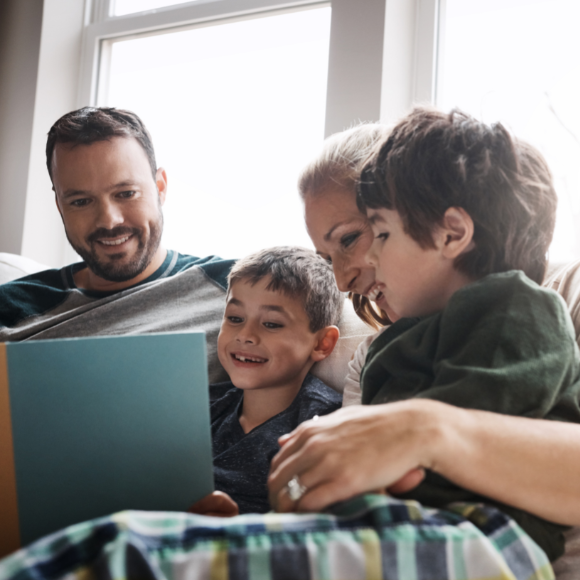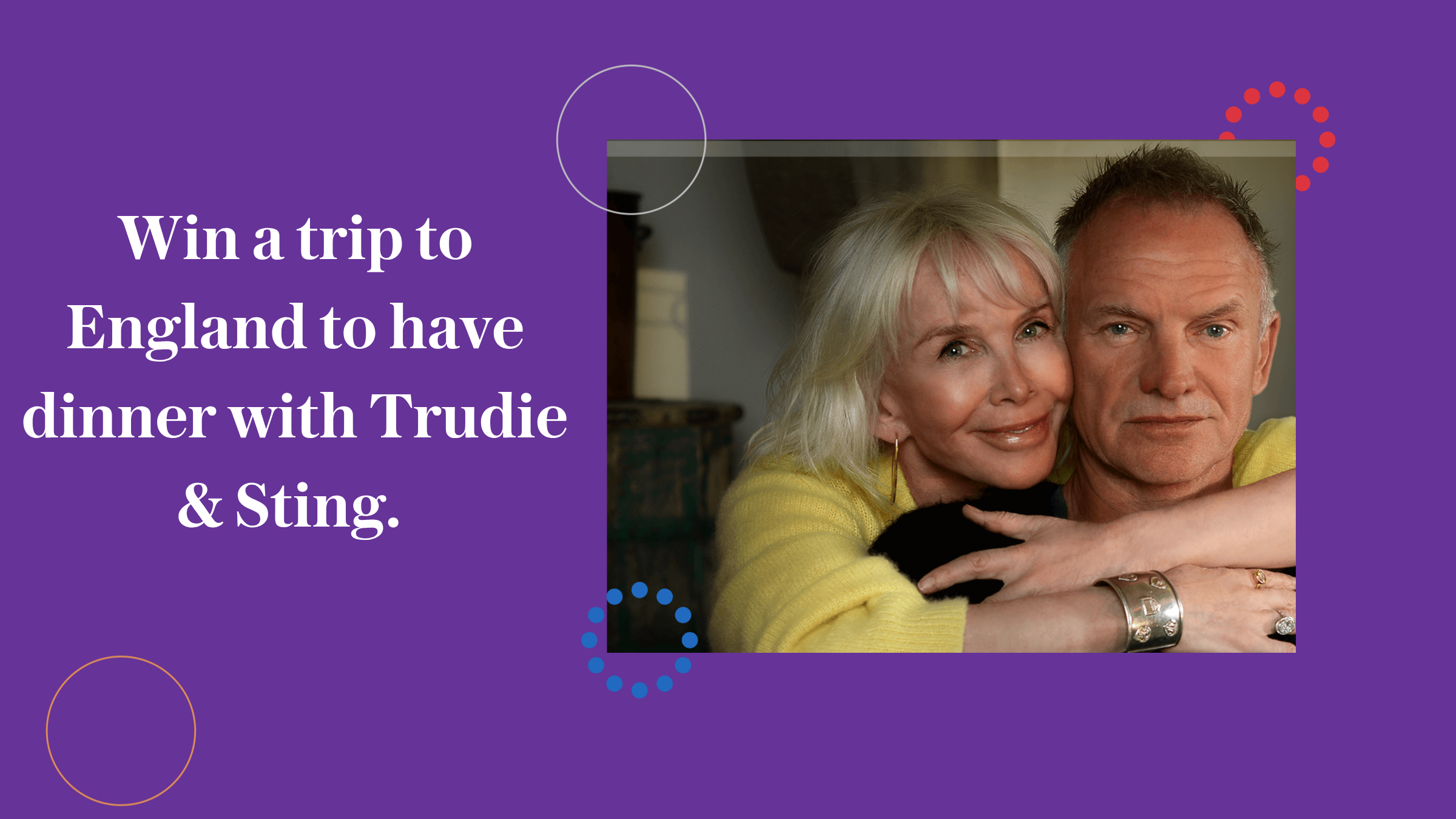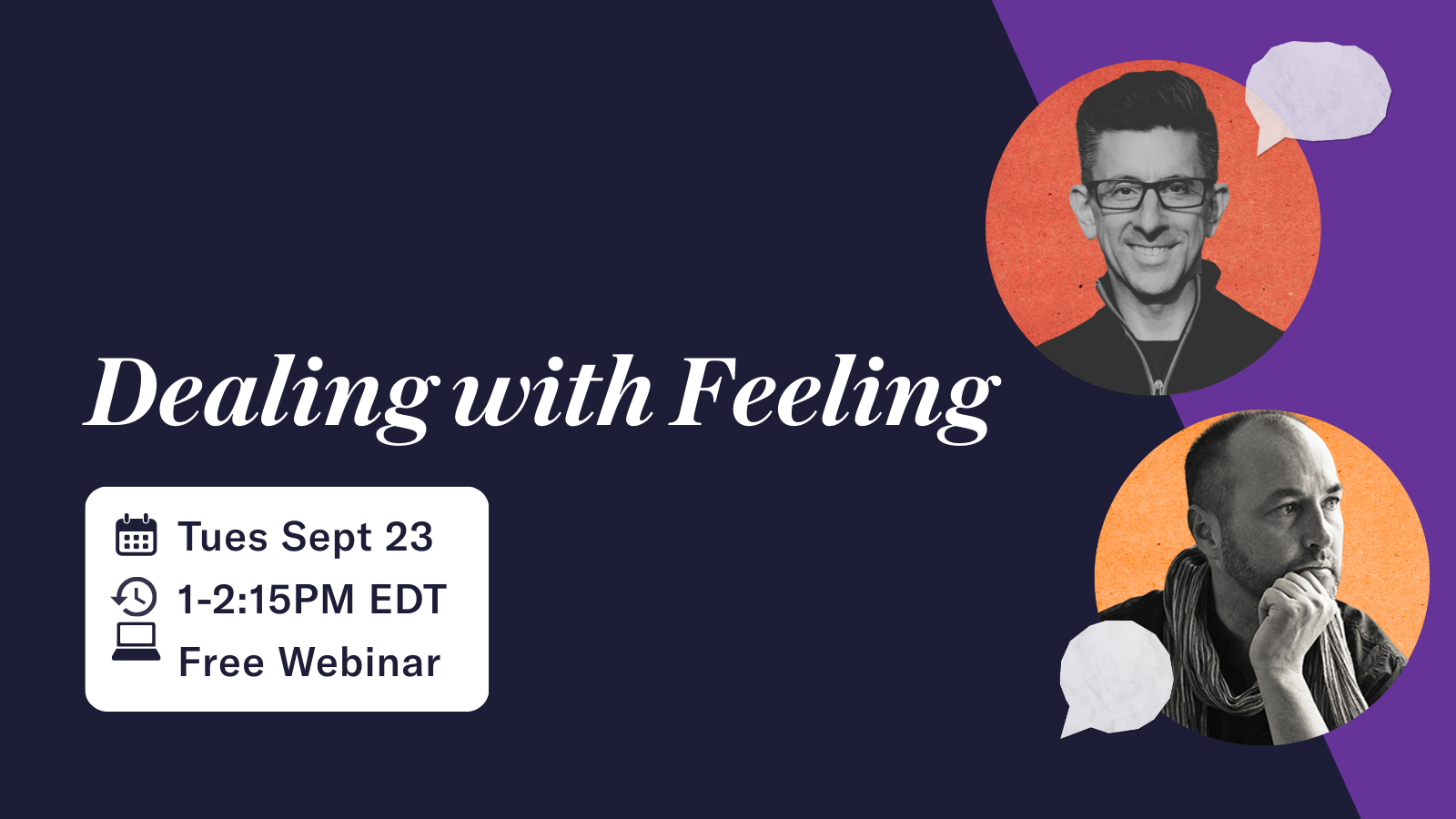Blog, Research, Videos
Building Resilience Through Storytelling

N4 has been expanding our resources to support teachers and students as they explore the story exchange. Here’s one example of a short essay from psychologist Robyn Fivush on the power of storytelling.

Twenty years ago, curious about how family storytelling emerges in everyday family interactions, psychology researcher Marshall Duke and I decided to record family dinnertime conversations. We found that the families in our study shared stories about once every five minutes. Many were stories from their day, but many were stories from the past, such as family events (like holiday gatherings) or stories from parents’ and grandparents’ past. Every family shared intergenerational stories. And, in all these tellings, the children participated along with the parents, indicating that these stories had been told repeatedly. Even more interesting, children, not the parents, introduced about half of these stories into the conversation. Children were retelling stories that they did not experience themselves.
We saw the process. But what were the outcomes of this family storytelling? What did this storytelling mean for the children in these families? Intrigued, we continued our research. In subsequent studies, we found that children who came from families with strong intergenerational storytelling showed the following characteristics:
- higher levels of self-esteem
- higher levels of social competence
- higher levels of identity exploration
- fewer behavior problems, including internalizing (depression, withdrawal) and externalizing (aggression, anger) problems
- a higher sense of autonomy and mastery
- a higher sense of meaning and purpose in life
The bonds between youth and their communities grow stronger through the act of listening, telling, and retelling to collaboratively develop coherent and detailed stories of a shared past.
—Robyn Fivush, PhD., Director, Family Narratives Lab
Our research has continued to show that the act of storytelling, rather than just knowing the facts of family history, creates these positive outcomes. The bonds between youth and their communities grow stronger through the act of listening, telling, and retelling to collaboratively develop coherent and detailed stories of a shared past. Family storytelling is an undeniably valuable identity tool.
But what about those of us who may not have experienced that tradition of family storytelling? How can we replicate that experience to recognize our heritage of connection, strength, and resilience? We can reframe “family storytelling” as storytelling in our communities and identify important transferable processes of:
- defining a shared connection to the past
- exploring the reality of multiple perspectives on one event with no one version containing a complete truth
- creating and testing explanations through multiple retellings
- identifying resilience — our shared ups and downs (the oscillatory story)
The values lies in the process of storytelling. In order to hear other people’s stories, people need to sit down with one another and not be distracted. Some people have to talk and some have to listen. In doing so, we create space for people to be valued on their own terms. Each of us have stories we need to tell and stories we need to hear. Human connections strengthen when all members of our community have opportunities to share and receive stories.
Robyn Fivush’s research focuses on the social construction of autobiographical memory and the relations among memory, narrative, identity, trauma, and coping. You can learn more about her research on her Family Narratives Lab website and read her Psychology Today blog The Stories of Our Lives.


